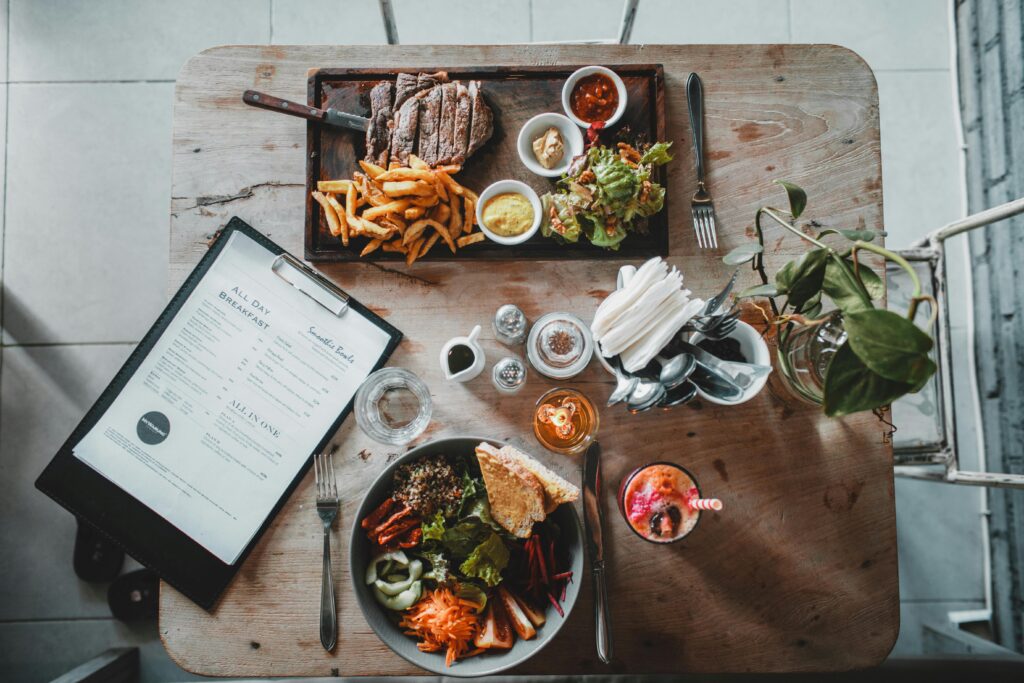
In the competitive landscape of the restaurant industry, understanding and optimizing menu profitability is crucial for long-term success. A strategically crafted menu not only enhances the dining experience but also significantly contributes to your restaurant’s financial health. This article explores the fundamentals of menu profitability analysis and offers actionable strategies for optimization, along with relevant resources from our culinary school courses to help you refine your skills.
Understanding Menu Profitability
1. What is Menu Profitability?
Menu profitability refers to the financial performance of individual items on your restaurant’s menu. It involves assessing the costs associated with preparing each dish against its selling price. Analyzing menu profitability is essential for several reasons:
- Revenue Generation: A well-optimized menu can boost revenue, providing opportunities for growth and expansion.
- Cost Management: Identifying which items are cost-effective helps in controlling overall expenses.
- Customer Satisfaction: A menu that balances profitability and customer value enhances the dining experience.
2. Key Components of Menu Profitability
- Cost of Goods Sold (COGS): This includes all direct expenses linked to producing menu items. For example, if you have a pasta dish that costs $5 to make and is sold for $15, the contribution margin is $10.
- Selling Price: Setting the right price is crucial for profitability. Pricing should reflect not only the cost but also the perceived value of the dish in the market. Understanding your target audience and competitor pricing is vital.
- Menu Mix: The overall composition of your menu can influence profitability. Items that have high demand and high margins should be emphasized, while low-performing items may need to be reevaluated or removed.
Strategies for Optimizing Menu Profitability
- Menu Engineering: This technique involves categorizing menu items based on their popularity and profitability. Items can be classified into four categories: stars (high popularity, high profitability), plowhorses (high popularity, low profitability), puzzles (low popularity, high profitability), and dogs (low popularity, low profitability). Focus on promoting and optimizing stars and puzzles while reconsidering the presence of dogs on the menu.
- Portion Control: Consistency in portion sizes helps manage food costs. Implementing standard portion sizes reduces waste and ensures that each dish maintains its intended profit margin.
- Regular Menu Reviews: Regularly analyze the performance of menu items. Use sales data to identify trends, and adjust the menu based on seasonal ingredients, changing consumer preferences, and financial performance.
- Cost Analysis: Conduct thorough cost analysis for each dish. Break down the ingredients, labor, and overhead costs associated with each item to better understand its profitability. This information can help you make informed pricing and menu design decisions.
- Utilize Technology: Leverage restaurant management software to track sales and analyze data effectively. These tools can provide insights into which items are performing well and which need improvement.
- Cross-Referencing with Culinary Courses: To enhance your understanding of these concepts, consider enrolling in relevant courses at our culinary school, such as Restaurant Business Planning or Culinary Management. These courses cover essential topics, including cost control, menu design, and optimization strategies.

Conclusion for Restaurant Menu Profitability
In conclusion, restaurant menu profitability analysis and optimization is essential for sustaining a successful culinary business. By understanding the key components of profitability and implementing strategic measures, restaurant owners and managers can significantly enhance their operations and revenue. For further education, explore our online culinary courses that can equip you with the necessary skills to excel in this competitive industry.
Additionally, if you are looking for personalized support in refining your menu and optimizing your restaurant operations, check out 911 Chef Eric’s Restaurant Consulting Services.
For more information about our culinary courses and to enhance your skills in restaurant management and profitability, visit Online Culinary School.
And don’t forget to book a free meeting with us to discuss your restaurant’s specific needs and challenges!